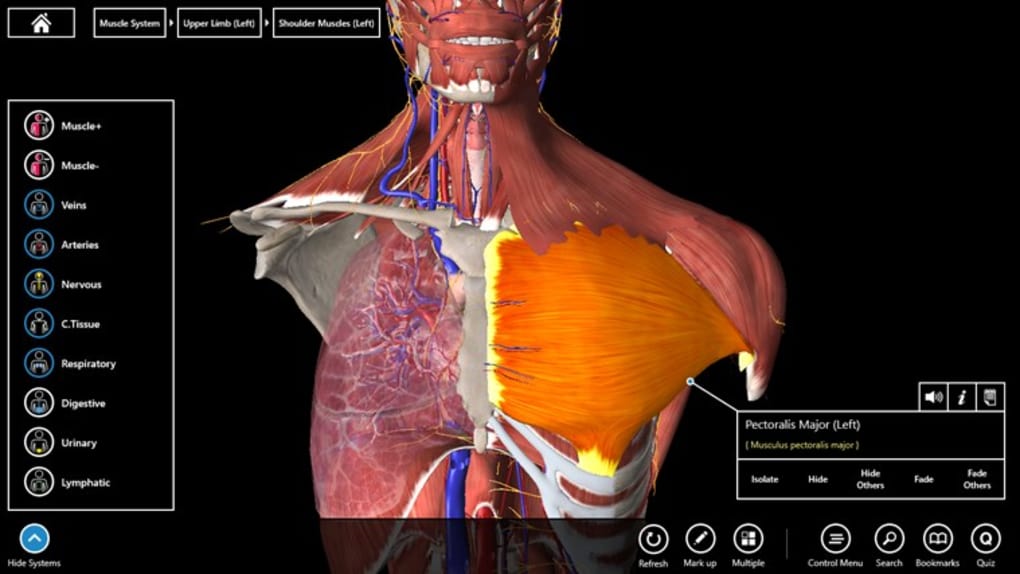
When a pulse of electricity reaches a junction called a synapse, it causes a neurotransmitter chemical to be released, which binds to receptors on other cells and thereby alters their electrical activity. Neurons generate electrical signals that travel along their axons. It is also possible to examine the microstructure of brain tissue using a microscope, and to trace the pattern of connections from one brain area to another.

Further information can be gained by staining slices of brain tissue with a variety of chemicals that bring out areas where specific types of molecules are present in high concentrations. Visually, the interior of the brain consists of areas of so-called grey matter, with a dark color, separated by areas of white matter, with a lighter color. Brain tissue in its natural state is too soft to work with, but it can be hardened by immersion in alcohol or other fixatives, and then sliced apart for examination of the interior. The simplest way to gain information about brain anatomy is by visual inspection, but many more sophisticated techniques have been developed.

Some aspects of brain structure are common to almost the entire range of animal species others distinguish "advanced" brains from more primitive ones, or distinguish vertebrates from invertebrates. Nevertheless, there are a number of principles of brain architecture that apply across a wide range of species. The shape and size of the brain varies greatly between species, and identifying common features is often difficult. The most important that are covered in the human brain article are brain disease and the effects of brain damage.Ĭross section of the olfactory bulb of a rat, stained in two different ways at the same time: one stain shows neuron cell bodies, the other shows receptors for the neurotransmitter GABA. Several topics that might be covered here are instead covered there because much more can be said about them in a human context. The ways in which the human brain differs from other brains are covered in the human brain article. It deals with the human brain insofar as it shares the properties of other brains.

This article compares the properties of brains across the entire range of animal species, with the greatest attention to vertebrates. Recent models in modern neuroscience treat the brain as a biological computer, very different in mechanism from an electronic computer, but similar in the sense that it acquires information from the surrounding world, stores it, and processes it in a variety of ways. The operations of individual brain cells are now understood in considerable detail but the way they cooperate in ensembles of millions is yet to be solved. Some basic types of responsiveness such as reflexes can be mediated by the spinal cord or peripheral ganglia, but sophisticated purposeful control of behavior based on complex sensory input requires the information integrating capabilities of a centralized brain. This centralized control allows rapid and coordinated responses to changes in the environment. They act on the rest of the body both by generating patterns of muscle activity and by driving the secretion of chemicals called hormones. Physiologically, brains exert centralized control over a body's other organs. These neurons typically communicate with one another by means of long fibers called axons, which carry trains of signal pulses called action potentials to distant parts of the brain or body targeting specific recipient cells. Each neuron is connected by synapses to several thousand other neurons. In a human, the cerebral cortex contains approximately 14–16 billion neurons, and the estimated number of neurons in the cerebellum is 55–70 billion. It is the most complex organ in a vertebrate's body. It is located in the head, usually close to the sensory organs for senses such as vision.

A brain is an organ that serves as the center of the nervous system in all vertebrate and most invertebrate animals.


 0 kommentar(er)
0 kommentar(er)
